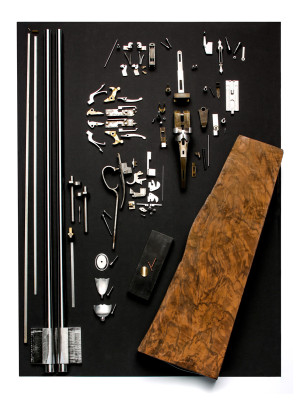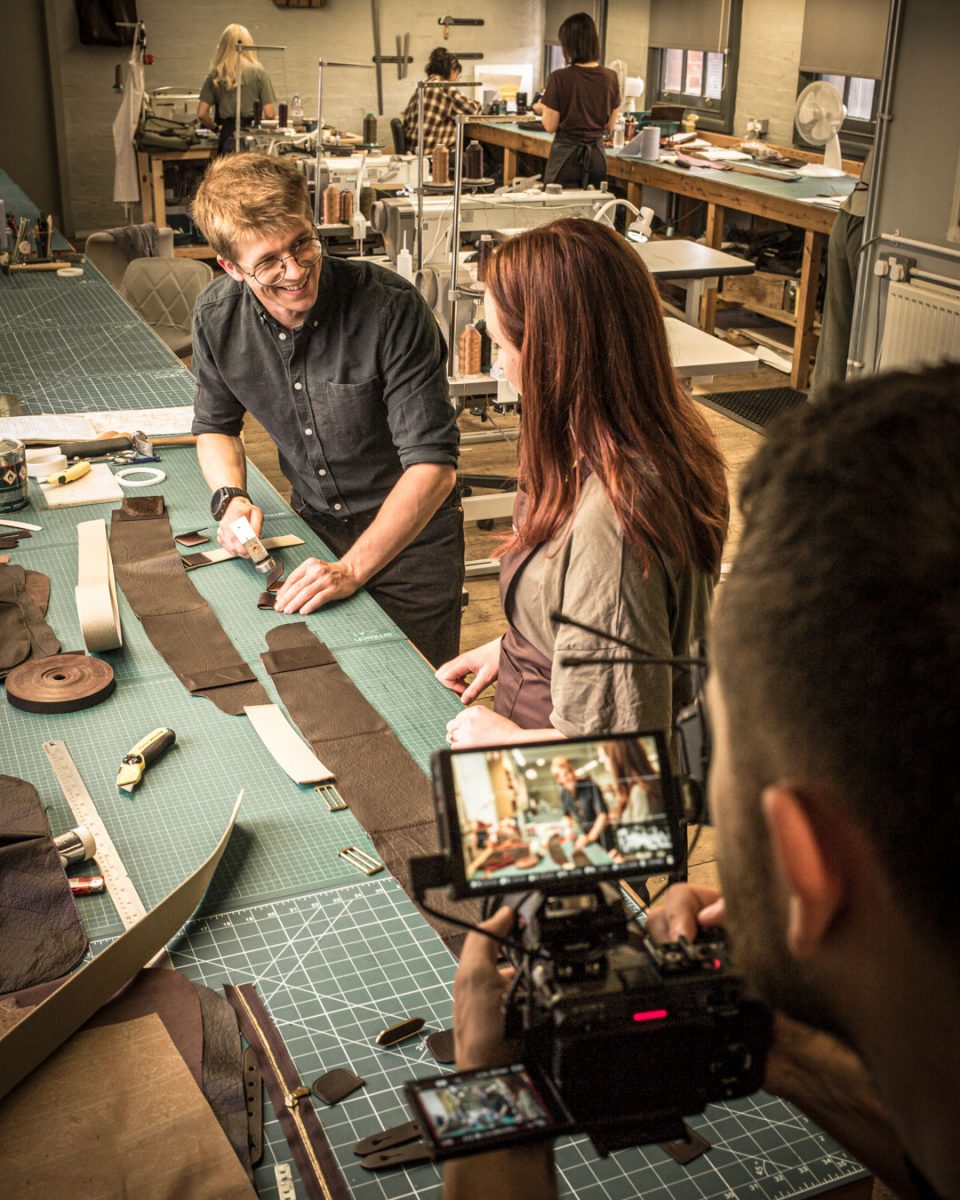These parts are made for us by Westley Engineering as and when the various orders come in, each set is gun or rifle specific and includes all the options that the customer has requested. We do not hold any stock of parts but rather manufacture specific parts to each individual order, thus using the very latest drawings allowing us to deliver the very latest developments.
These parts are all made using primarily 3 CNC machines, Milling, Wire EDM and Die Sink EDM, we also use traditional lathe and surface grinders. A full set of parts takes between 250 - 300 hours of both manned and unmanned machine time.
Over the next months I hope to show you how these parts are transformed from the machining we receive, to the final component used in the gun.



 Enquire
Enquire














Vance Daigle on February 13, 2015 at 2:22 pm
Great Morning Guys & Gals,
There are so many wonderful stories that I have read on your Blog and I cannot say thank you enough for the adventures and history lesson you share with us. But this story really revs my engine. This is a great idea to watch the building of a Best gun and the different transformations it will take is a Grand idea. To start with I had no idea how many parts there were at the beginning of a gun. After all I only see guns in there completed state. Also I have no idea as to the man hours that go into a best gun...another lesson for me. Thank you for thinking of it and I will enjoy the process very much.
In Christ
Vance,
Neill on February 13, 2015 at 3:07 pm
Simon
I look forward to following this thread over the coming months. I'm passionate about mechanical craftsmanship. My love of fine sporting firearms basically stems from the fact that they combine pure Mechanical Engineering (my own profession) with art and traditional crafts, all working together to produce a thing of beauty. To watch a fine gun being built will be a privilege, thank you.
This blog is, quite simply, the best of its kind, long may it continue.
Gregg on February 13, 2015 at 4:51 pm
Thank you for posting this. I'm anxious to read the rest of the series.
A few questions:
How have your modern machining techniques changed the gun making process?
Is there more CNC/Milling/EDM time and less file time?
Thanks,
Gregg
Gregg
Simon Clode on February 13, 2015 at 6:25 pm
No, not really, machines have always been used. CNC really means less machines and less machinists. We may have needed 10 machines with jigs to do the same job a CNC machine can do in one set up with one man operating it. So the front end of the gunmaking has changed, the economy of getting parts to the bench is greatly improved. Different gunmakers choose how much to leave on a part and how it is fitted. For us there is less initial machine time and a similar amount of file time.
Morten on February 13, 2015 at 6:53 pm
Fantastic,, Just put the parts in the box and shake it for a while, and you have a finished gun :-)
seriusly, I am superhappy I found this blog Simon and I look foreward to follow.
James de Penning on February 14, 2015 at 4:48 am
Thoroughly looking forward to this series of articles. Somewhat jumping the gun, but how do you decide where on the blank to take the fore end wood from?
Thanks.
James.
Simon Clode on February 14, 2015 at 6:53 pm
We will always take the stock out of the blank first and if a suitable piece is left we will use that for the forend. Often we buy (or actually are given in the deal) forend pieces when buying the wood. These are smaller blocks which come from the same tree so are the same type of figure and colour. They are off cuts really. We do tend to buy our wood in groups and often it is from the same tree, when you find a nice blank there are often three or four similar ones and always enough surplus for forends.
I appear to have dug myself a hole with this post!!
Neill Clark on February 14, 2015 at 7:44 pm
Such is the lot of the blogger who inspires his readers!
It's a hole I am sure you and your team will fill manfully, thanks from this reader and all the others I suspect.